Home>Gardening & Outdoor>Landscaping Ideas>What To Line A Raised Garden Bed With
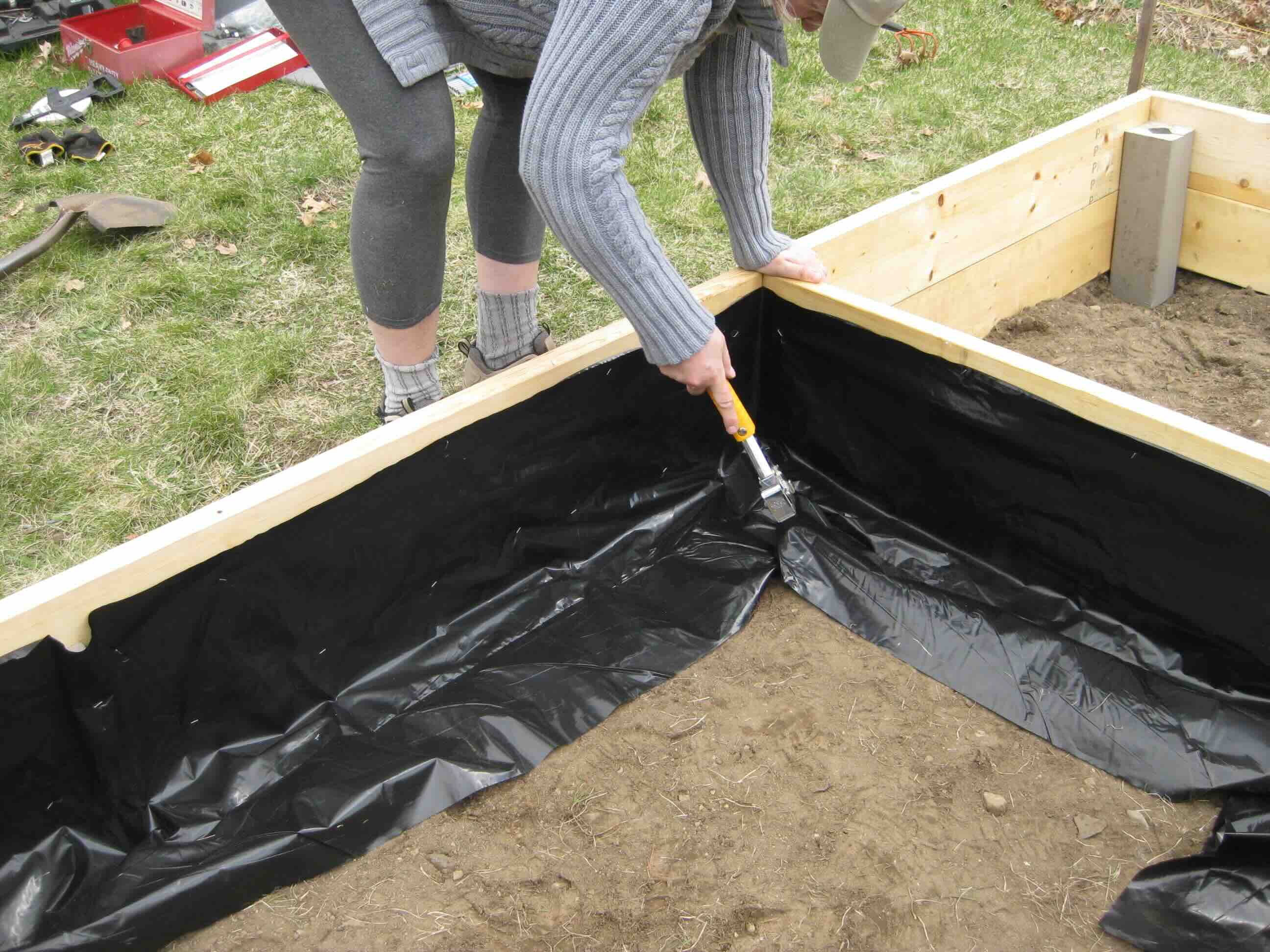

Landscaping Ideas
What To Line A Raised Garden Bed With
Modified: August 30, 2024
Discover the best landscaping ideas for lining a raised garden bed. Find out the top materials to use and how to create a healthy environment for your plants.
(Many of the links in this article redirect to a specific reviewed product. Your purchase of these products through affiliate links helps to generate commission for Storables.com, at no extra cost. Learn more)
Introduction
When it comes to creating a thriving garden, the foundation is key. Raised garden beds offer numerous advantages for cultivating healthy plants, and one crucial aspect of their construction is the lining. Lining a raised garden bed serves multiple purposes, from preventing soil erosion to maintaining optimal moisture levels for plant growth. By understanding the benefits of lining a raised garden bed and the various materials and methods available, you can ensure that your garden flourishes with vitality and longevity. Let's delve into the essential aspects of lining a raised garden bed to set the stage for a successful gardening venture.
Key Takeaways:
- Lining a raised garden bed with materials like plastic sheeting, landscape fabric, or burlap helps prevent soil erosion, retain moisture, and suppress weed growth, creating a healthy and attractive garden space.
- Choosing the right liner involves considering durability, drainage, environmental impact, cost-effectiveness, plant health, and aesthetic appeal, ensuring a thriving garden bed that aligns with your gardening goals and values.
Read more: What Is A Raised Garden Bed
Benefits of Lining a Raised Garden Bed
Lining a raised garden bed offers a multitude of benefits that contribute to the overall health and longevity of your garden. Understanding these advantages can help you make informed decisions about the best practices for maintaining your garden bed.
-
Preventing Soil Erosion: One of the primary benefits of lining a raised garden bed is the prevention of soil erosion. The liner acts as a barrier, holding the soil in place and preventing it from being washed away during heavy rainfall or irrigation. This is particularly important for raised beds, where the soil is more exposed to the elements.
-
Maintaining Soil Moisture: A well-chosen liner can help retain moisture in the soil, ensuring that your plants have a consistent water supply. This is especially beneficial during hot and dry periods when the soil is prone to drying out quickly. By retaining moisture, the liner supports healthy plant growth and reduces the frequency of watering.
-
Preventing Weed Growth: Lining a raised garden bed can act as a barrier to weed growth, reducing the need for frequent weeding and minimizing competition for nutrients among your desired plants. This not only saves time and effort but also promotes a healthier and more organized garden environment.
-
Protecting Against Contaminants: A quality liner can shield the soil from potential contaminants, such as chemicals or pollutants present in the surrounding environment. This is particularly important if your garden is located near treated wood, old paint, or other sources of potential soil contamination.
-
Enhancing Aesthetic Appeal: In addition to its functional benefits, a well-installed liner can enhance the visual appeal of your raised garden bed. It provides a clean and polished look, contributing to the overall attractiveness of your garden space.
-
Extending the Lifespan of the Bed: By preventing soil erosion and minimizing exposure to external elements, a liner can contribute to the longevity of your raised garden bed. This can be especially beneficial if your bed is constructed from wood or other materials that may degrade over time when exposed to moisture and soil.
Understanding these benefits underscores the importance of carefully selecting and installing a suitable liner for your raised garden bed. The next section will explore the various materials that can be used for lining, providing insights into their unique properties and suitability for different gardening needs.
Materials for Lining a Raised Garden Bed
Selecting the appropriate material for lining a raised garden bed is crucial for ensuring the bed's longevity and the optimal growth of your plants. Several options are available, each with unique properties and suitability for different gardening needs. Understanding the characteristics of these materials can guide you in making an informed decision for your specific garden bed requirements.
Plastic Sheeting
Plastic sheeting, such as polyethylene or polypropylene, is a popular choice for lining raised garden beds. It is affordable, readily available, and easy to work with. When using plastic sheeting, ensure that it is UV-stabilized to withstand prolonged exposure to sunlight without deteriorating. This material effectively prevents soil erosion and retains moisture, contributing to a healthy growing environment for your plants.
Landscape Fabric
Landscape fabric, also known as weed barrier or weed control fabric, is designed to suppress weed growth while allowing water and nutrients to penetrate the soil. It is permeable, durable, and resistant to tears, making it a reliable option for lining raised garden beds. Landscape fabric is particularly beneficial in areas where weed management is a concern, as it helps maintain a tidy and weed-free garden bed.
Read more: What To Plant In Raised Garden Beds
Burlap
Burlap, a natural woven fabric made from jute or sisal fibers, offers an eco-friendly and biodegradable option for lining raised garden beds. It provides good drainage and aeration for the soil while effectively preventing soil erosion. Burlap is a sustainable choice for gardeners seeking environmentally friendly materials that align with their gardening practices.
Pond Liner
Pond liner, typically made of rubber or synthetic materials, is a durable and long-lasting option for lining raised garden beds. While it may be a higher initial investment, pond liner provides excellent protection against soil erosion and maintains consistent moisture levels in the bed. Its robust construction ensures that it can withstand the rigors of outdoor exposure, making it a reliable choice for long-term garden bed lining.
Newspaper or Cardboard
For an economical and biodegradable option, consider using layers of newspaper or cardboard to line your raised garden bed. These materials effectively suppress weed growth, retain moisture, and eventually decompose, enriching the soil with organic matter. While they may require more frequent replacement compared to other materials, newspaper and cardboard offer a sustainable and budget-friendly approach to lining your garden bed.
By carefully evaluating the unique properties of these materials, you can select the most suitable option for lining your raised garden bed, promoting healthy plant growth and ensuring the longevity of your gardening endeavors.
How to Line a Raised Garden Bed
Lining a raised garden bed is a crucial step in creating an optimal environment for plant growth and ensuring the longevity of the bed. The process involves careful preparation and selection of the appropriate materials to effectively protect the soil and enhance the overall health of your garden. Here's a detailed guide on how to line a raised garden bed:
Read more: What Size Should A Raised Garden Bed Be
Step 1: Measure and Prepare
Before lining the garden bed, accurately measure its dimensions to determine the amount of material needed. Clear the bed of any debris, rocks, or weeds, ensuring a clean and level surface for the lining process.
Step 2: Select the Lining Material
Choose the most suitable lining material based on your specific gardening needs and the characteristics of the available options. Consider factors such as durability, permeability, and environmental impact when making your selection.
Step 3: Install the Liner
Carefully lay the chosen material inside the garden bed, ensuring that it fully covers the bottom and sides with some overlap to prevent soil from escaping. If using plastic sheeting or pond liner, secure the edges with staples or fasteners to hold the material in place.
Step 4: Trim Excess Material
Trim any excess liner material to create a neat and tidy finish, ensuring that it does not protrude above the top edge of the garden bed. This step contributes to the aesthetic appeal of the bed while preventing potential tripping hazards.
Step 5: Create Drainage Holes (Optional)
If using impermeable materials such as plastic sheeting or pond liner, consider creating small drainage holes in the bottom of the bed to prevent waterlogging and promote healthy root development. This step is particularly important for beds with limited natural drainage.
Step 6: Secure the Edges (Optional)
For added stability and a professional finish, consider securing the edges of the liner to the outer frame of the garden bed using a suitable adhesive or fastening method. This helps maintain the integrity of the lining and prevents shifting over time.
By following these steps, you can effectively line your raised garden bed, providing essential protection for the soil and creating an optimal environment for plant growth. The careful selection and installation of the liner contribute to the overall success of your gardening endeavors, ensuring that your plants thrive in a healthy and well-maintained bed.
Considerations for Choosing the Right Liner
When selecting a liner for your raised garden bed, several key considerations should guide your decision-making process to ensure the optimal performance and longevity of the bed. Understanding these factors will empower you to make an informed choice that aligns with your gardening goals and environmental considerations.
Durability and Longevity
The durability of the liner material is a critical factor, especially for long-term garden bed maintenance. Consider materials that can withstand outdoor exposure, resist tearing, and maintain their integrity over time. Durable liners contribute to the longevity of the bed, reducing the need for frequent replacements and ensuring consistent protection for the soil.
Read more: Why A Raised Garden Bed
Permeability and Drainage
The permeability of the liner directly impacts the bed's drainage capabilities and the aeration of the soil. While impermeable materials such as plastic sheeting can prevent soil erosion, they may hinder natural drainage. For optimal plant growth, consider materials that balance moisture retention with adequate drainage to prevent waterlogging and promote healthy root development.
Environmental Impact
Evaluate the environmental impact of the liner material, particularly if sustainability and eco-friendliness are priorities in your gardening practices. Opt for biodegradable options such as burlap or cardboard, which decompose over time, enriching the soil with organic matter. Additionally, consider the recyclability and reusability of the chosen material to minimize environmental impact.
Cost-Effectiveness
Balancing the initial cost of the liner material with its long-term benefits is essential for cost-effective garden bed maintenance. While some materials may require a higher initial investment, their durability and performance may justify the expense by reducing the need for frequent replacements and maintenance. Consider the overall value and longevity of the chosen liner material.
Suitability for Plant Health
Different plants have unique moisture and aeration requirements. When choosing a liner, consider how it will impact the overall health of the plants in your garden bed. For example, moisture-loving plants may benefit from liners that retain water, while those requiring well-drained soil may thrive with more permeable materials. Tailoring the liner to the specific needs of your plants can enhance their growth and vitality.
Read more: How To Seal A Raised Garden Bed
Aesthetic Considerations
While functionality is paramount, the visual appeal of the liner material should also be considered. A well-chosen liner can contribute to the overall aesthetic of the garden bed, enhancing its appearance and creating a polished, cohesive look. Consider how the chosen material complements the design and style of your garden space.
By carefully considering these factors, you can confidently select the right liner for your raised garden bed, ensuring that it aligns with your gardening objectives, promotes plant health, and contributes to the sustainable and long-term success of your garden.
Conclusion
In conclusion, lining a raised garden bed is a fundamental step in creating an optimal environment for plant growth and ensuring the longevity of the bed. The benefits of lining, including preventing soil erosion, maintaining soil moisture, and suppressing weed growth, underscore its significance in promoting a healthy and thriving garden. By carefully selecting and installing the appropriate liner, gardeners can safeguard the soil, enhance plant growth, and contribute to the overall sustainability of their gardening endeavors.
The choice of lining material plays a pivotal role in determining the effectiveness and long-term impact of the garden bed. Whether opting for plastic sheeting, landscape fabric, burlap, pond liner, or biodegradable options such as newspaper or cardboard, each material offers unique properties that cater to diverse gardening needs. Considerations such as durability, permeability, environmental impact, cost-effectiveness, suitability for plant health, and aesthetic appeal guide the selection process, empowering gardeners to make informed decisions aligned with their specific goals and values.
The meticulous process of lining a raised garden bed involves precise measurement, careful material selection, and thorough installation to ensure comprehensive coverage and protection for the soil. By following the recommended steps and considering the unique characteristics of the chosen material, gardeners can create an environment conducive to healthy plant growth while promoting the long-term sustainability of their garden beds.
Ultimately, the successful lining of a raised garden bed contributes to the overall health and vitality of the garden, extending the lifespan of the bed and providing an aesthetically pleasing and functional space for plant cultivation. By understanding the benefits, materials, installation process, and considerations associated with lining a raised garden bed, gardeners can embark on their gardening journey with confidence, knowing that they have taken essential steps to create an optimal and enduring environment for their beloved plants.
Frequently Asked Questions about What To Line A Raised Garden Bed With
Was this page helpful?
At Storables.com, we guarantee accurate and reliable information. Our content, validated by Expert Board Contributors, is crafted following stringent Editorial Policies. We're committed to providing you with well-researched, expert-backed insights for all your informational needs.
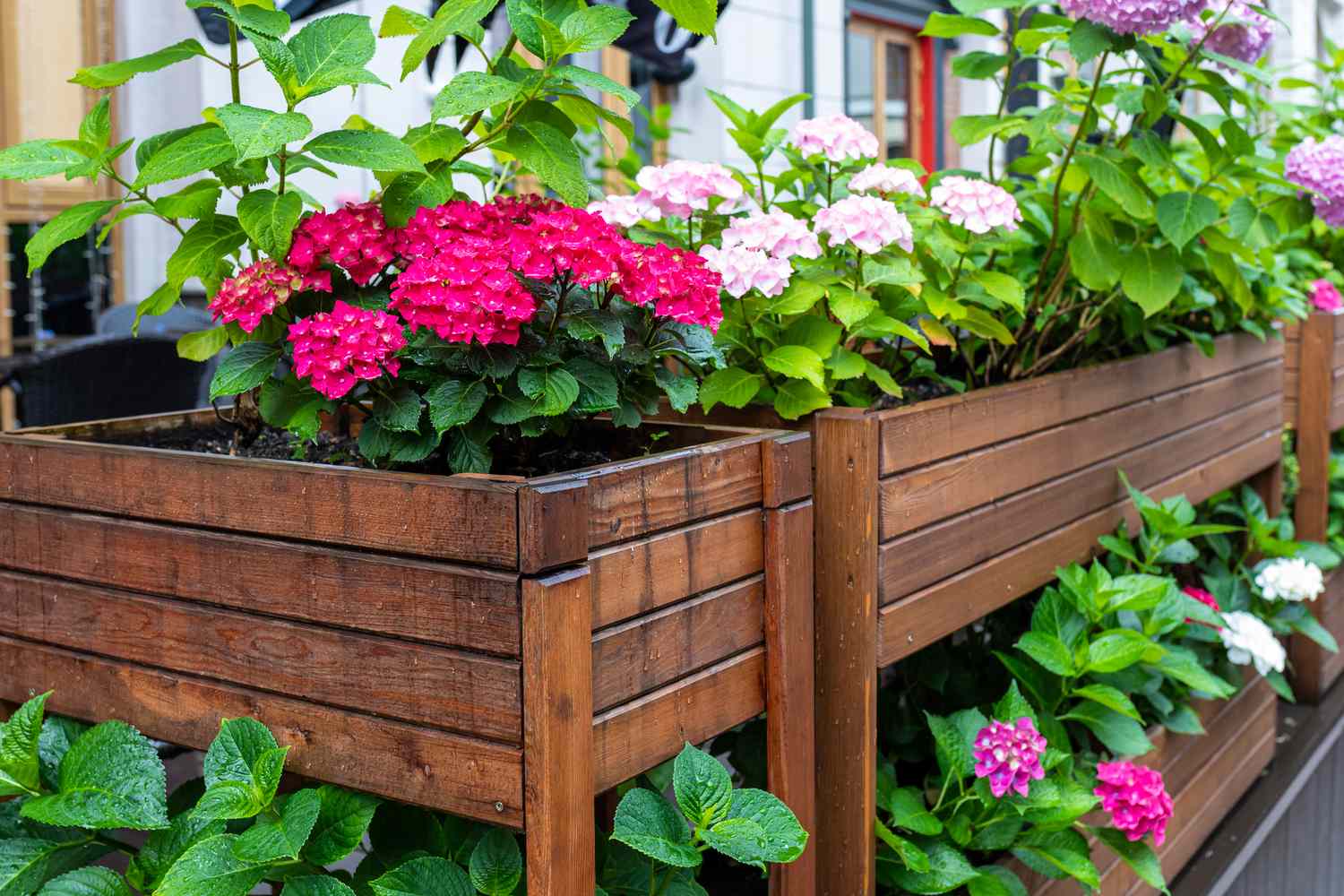
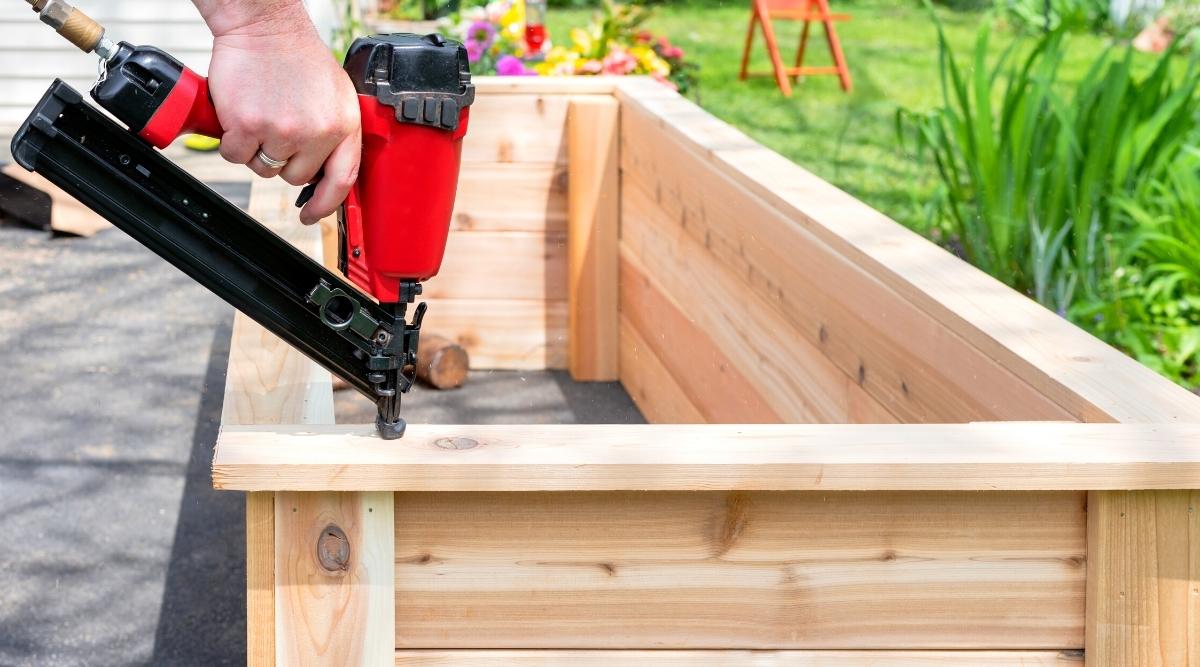

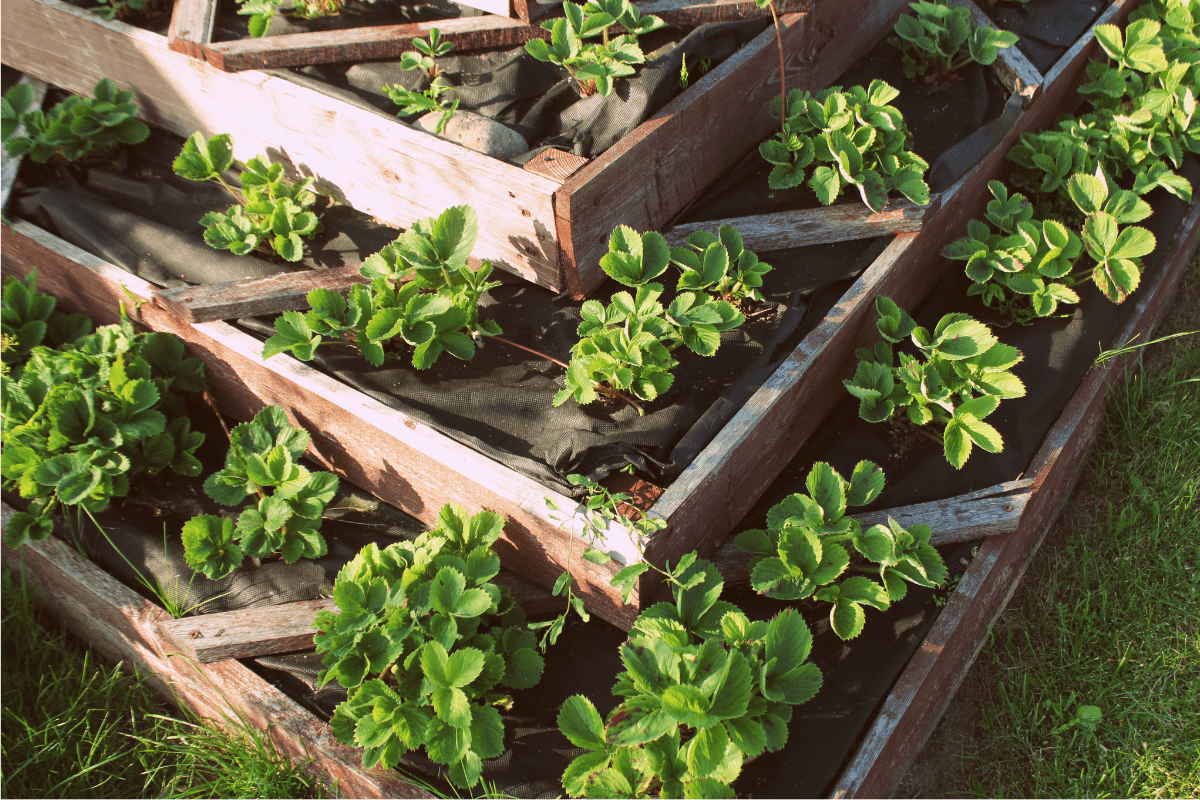

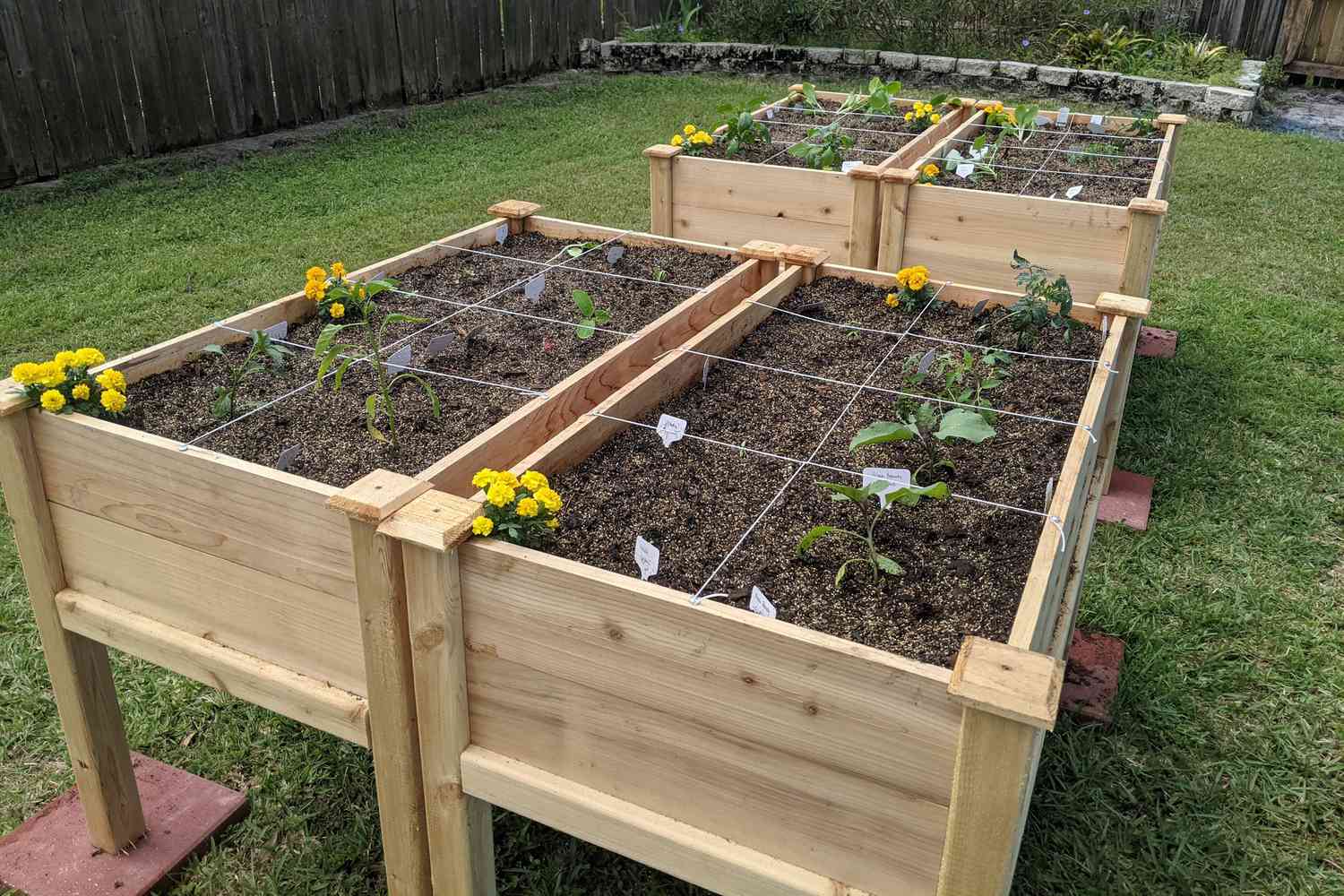
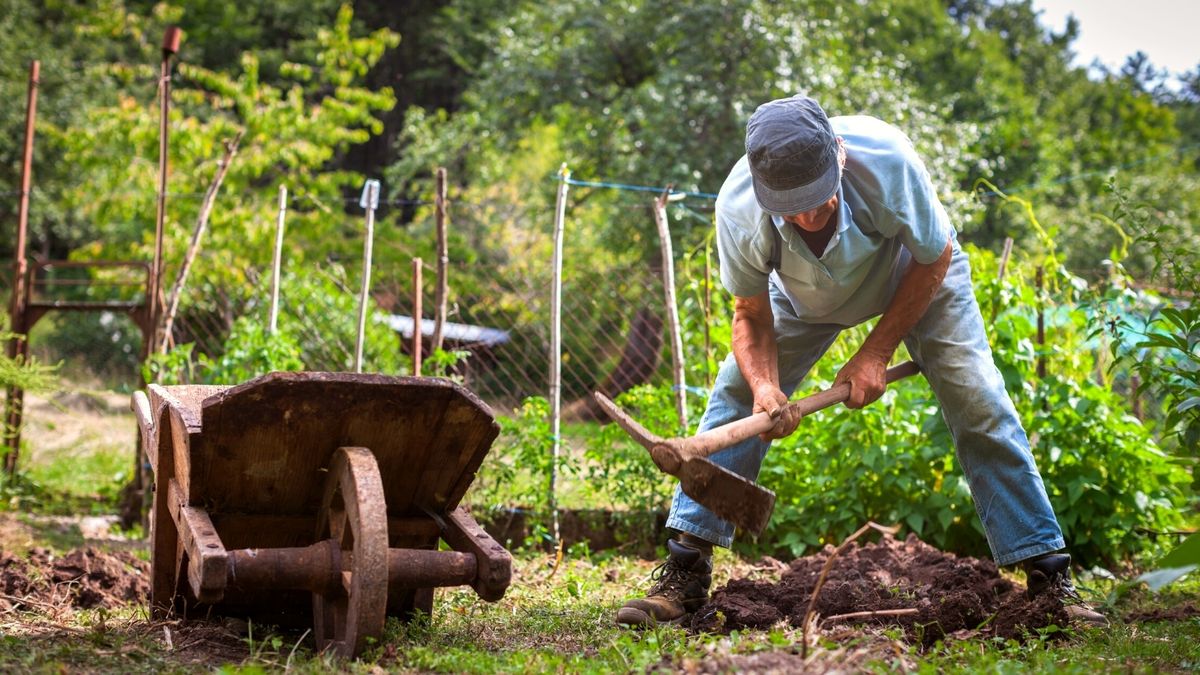
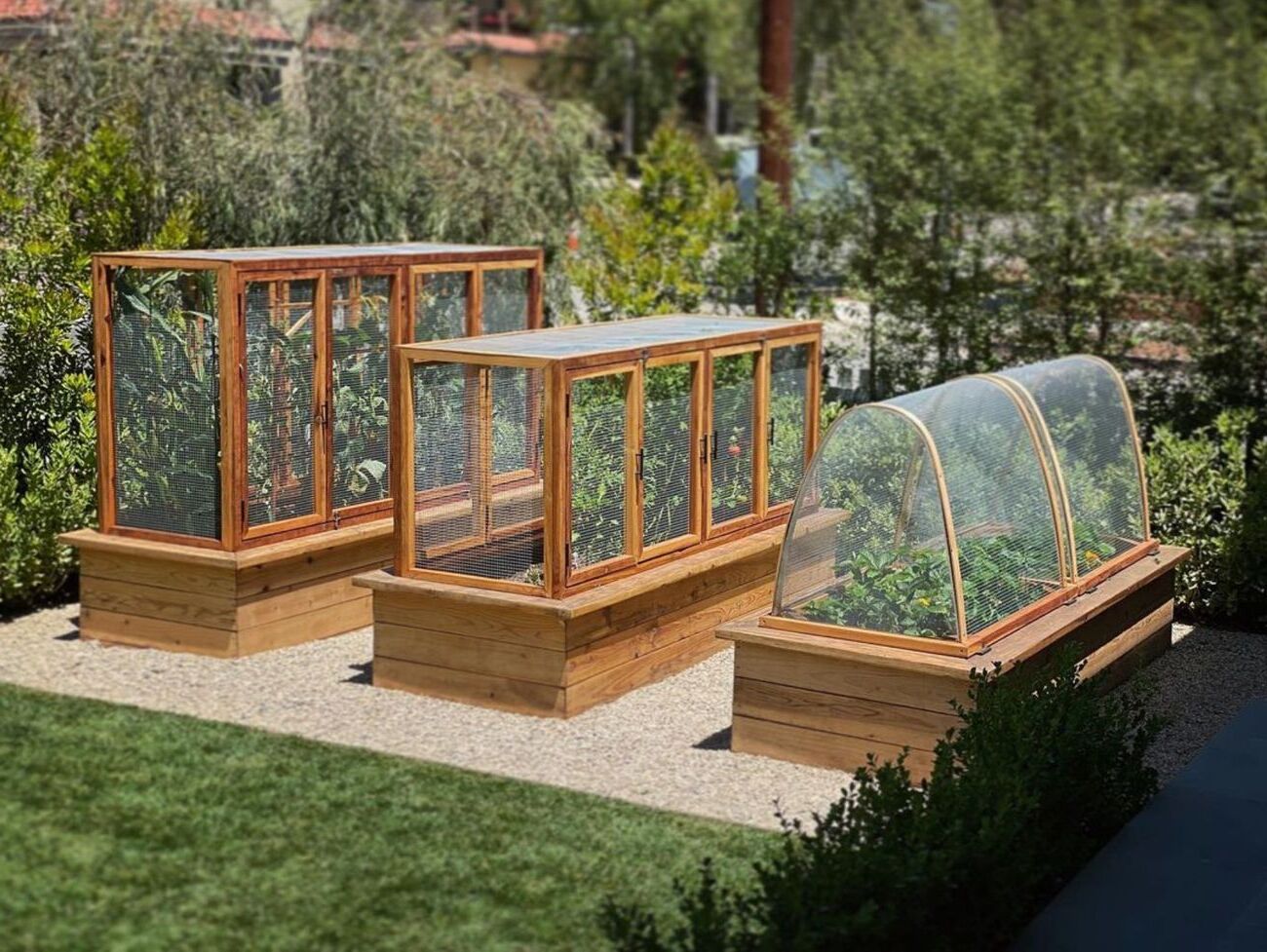
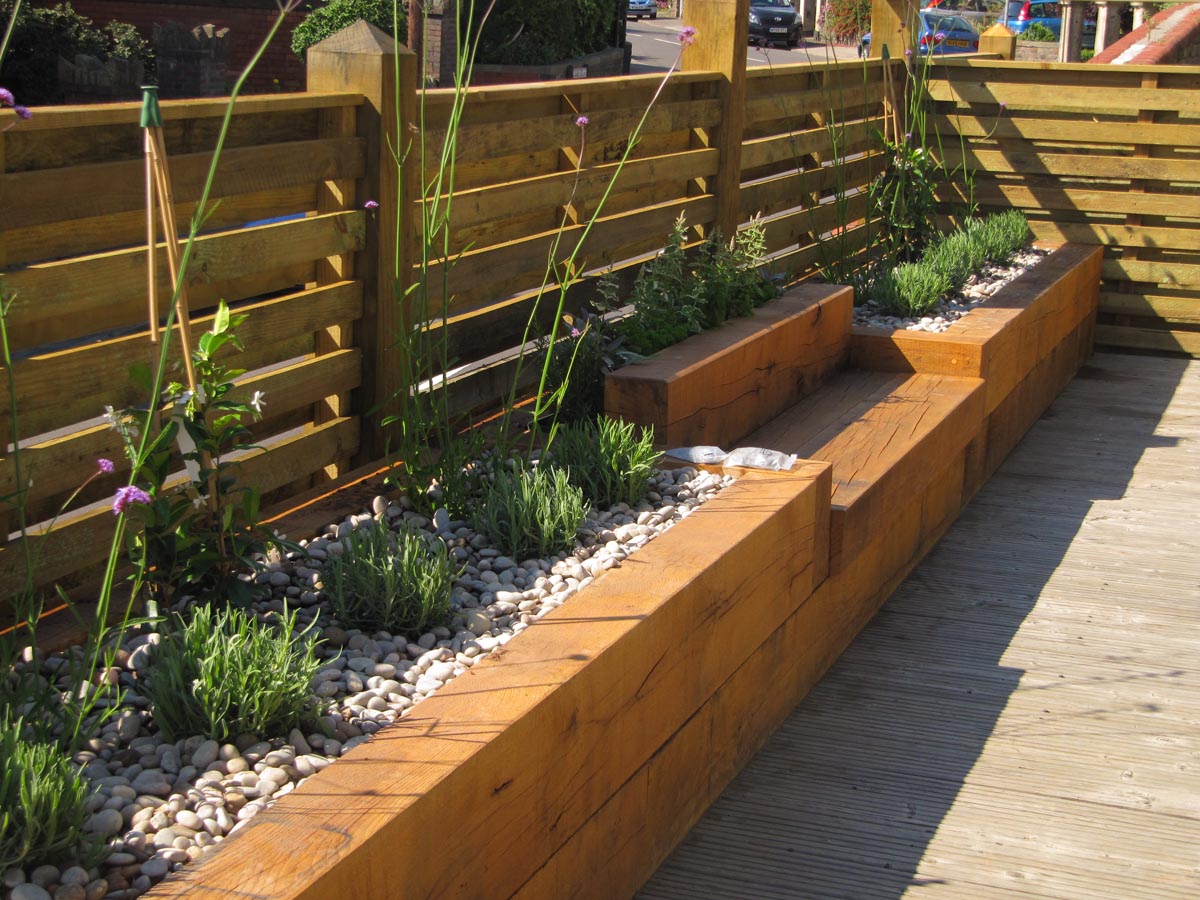
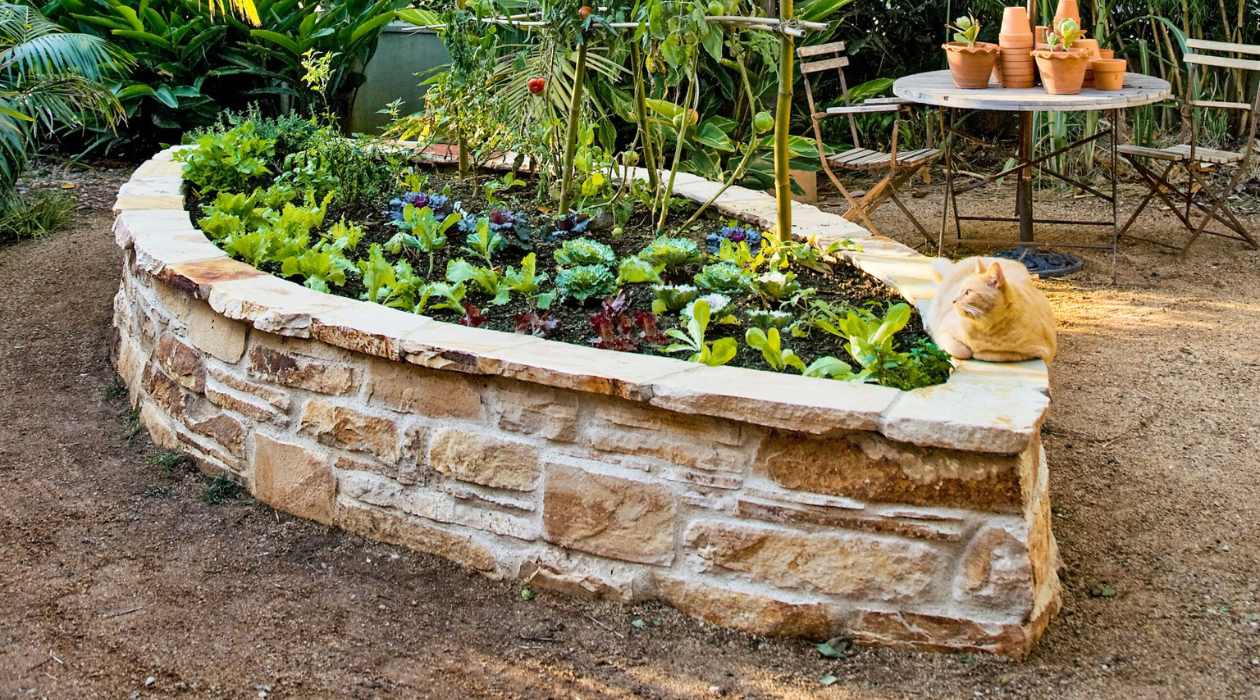

0 thoughts on “What To Line A Raised Garden Bed With”